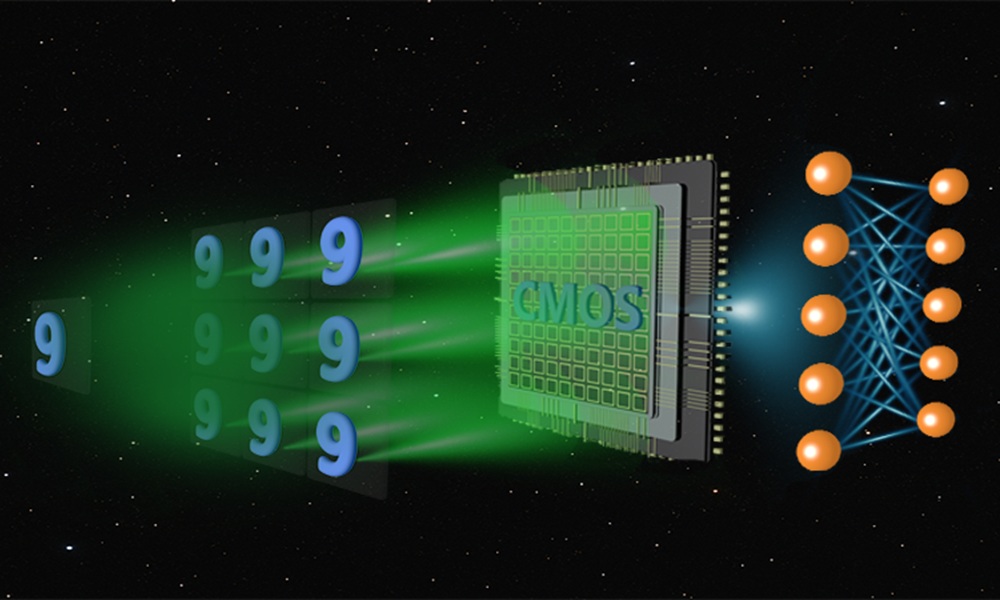
For decades, scientists have looked to light as a way to speed up computing. Photonic neural networks—systems that use light instead of electricity to process information—promise faster speeds and lower energy use than traditional electronics. But despite their potential, these systems have struggled to match the accuracy of digital neural networks. A key reason: most photonic systems still mimic the structure and training methods of digital models, introducing errors when translating from software to hardware.
Now, a research team from Northwestern Polytechnical University and Southeast University in China has developed a new kind of photonic neural network that breaks free from this digital imitation. Their design, published in Advanced Photonics Nexus, uses physical transformations of light to process information directly, without relying on mathematical models. This approach not only improves accuracy but also highlights a new direction for building smarter, faster AI hardware.
Traditional photonic neural networks are trained digitally—on a computer—before being transferred to physical devices. This process introduces errors at multiple stages: during mathematical modeling, parameter rounding, hardware manufacturing, and system assembly. These errors limit the accuracy of the final system.
To overcome this limit, the researchers designed a “photonic multisynapse neural network” that processes information using light in a more direct and physical way. Instead of relying on digital calculations, the system uses multiple optical paths to connect input and hidden layers. These paths are created using spatial light modulators and cameras, which manipulate and capture light patterns in real time.
The network is based on a framework called the Extreme Learning Machine (ELM). In this setup, input images are duplicated and sent through several optical paths. These paths act like synapses in a brain, connecting input neurons to hidden neurons. The light patterns are then captured by a camera, converted into electrical signals, and processed to make a classification decision.
Crucially, the hidden layer neurons are generated randomly through physical light transformations, not through equations. This avoids the errors that come from trying to simulate physical processes with digital math.
The team tested their system on three well-known image classification datasets: MNIST (handwritten digits), Fashion-MNIST (clothing items), and CIFAR-10 (color images of objects). The results not only beat the performance of equivalent digital neural networks but also outperform most existing hardware-based systems. The advantage became even more noticeable as the tasks grew more complex, such as with the CIFAR-10 dataset.
This research shows that photonic neural networks don’t need to follow the same rules as digital ones. By using the physical properties of light directly—rather than trying to simulate them—scientists can build systems that are both faster and more accurate.
The study also highlights the importance of multisynaptic connections. These multiple optical paths improve the system’s ability to extract features from input data, offering a new way to optimize neural networks beyond just adding more layers or tweaking activation functions.
The success of this photonic multisynapse architecture opens new possibilities for AI hardware. The design principles could be applied to other types of physical neural networks, not just those based on light. And the multisynapse strategy may become a standard tool for improving performance in future hardware systems.
As AI continues to move from software into physical devices—like smart sensors, autonomous vehicles, and wearable tech—this kind of innovation could play a key role in making those systems faster, more efficient, and more capable.

Schematic of photonic multisynapse neural network based on physical transformations. Credit: Z. Jia et al., doi 10.1117/1.APN.4.4.046010
For details, see the original Gold Open Access article by Z. Jia et al., “Achieving superior accuracy in photonic neural networks with physical multi-synapses,” Adv. Photon. Nexus 4(4), 046010 (2025), doi: 10.1117/1.APN.4.4.046010